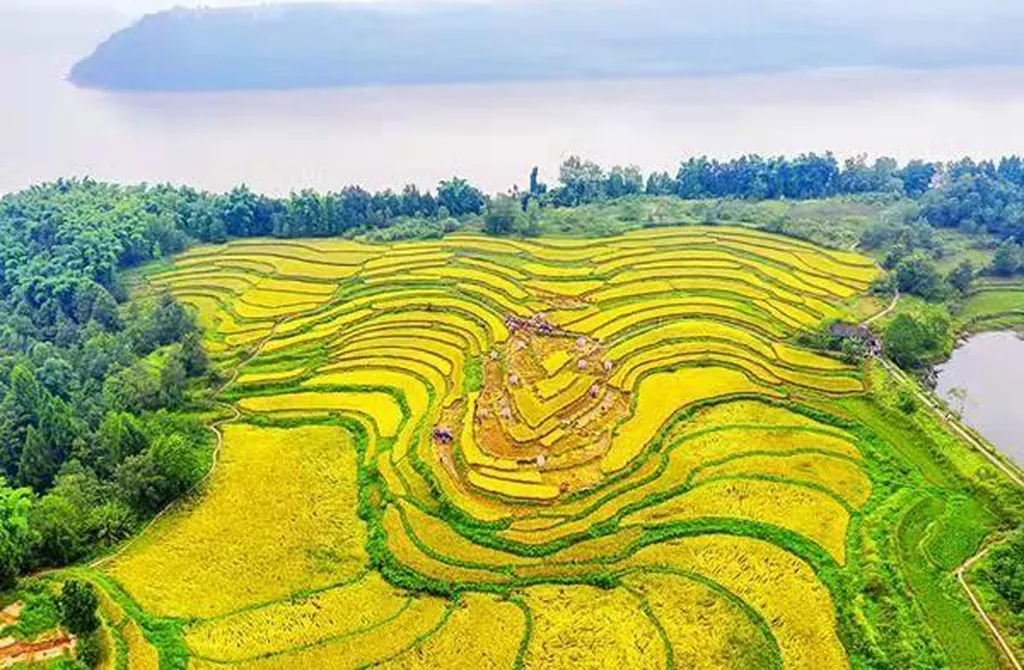In the heart of China, a team of researchers led by Dr. Li Ruijie from Yangtze University is revolutionizing rice cultivation with a cutting-edge approach to remote sensing. Their work, published in the journal *智慧农业* (translated as “Smart Agriculture”), is paving the way for more efficient and precise rice farming, with significant implications for the agricultural sector and beyond.
The team’s research focuses on using remote sensing technology to monitor the growth stages of rice plants. This might sound like a niche area, but the implications are far-reaching. As Dr. Li explains, “The efficient and precise identification of rice growth stages through remote sensing technology holds critical significance for varietal breeding optimization and production management enhancement.”
So, why is this important? Well, rice is a staple food for more than half of the world’s population. With climate change and food security challenges looming, it’s more important than ever to optimize rice production. Traditional methods of monitoring rice growth are labor-intensive and often inaccurate. But with remote sensing, farmers can get a real-time, bird’s-eye view of their crops, allowing them to make data-driven decisions.
The team’s work has led to the development of a comprehensive technical system that covers the entire chain of “data acquisition-feature analysis-intelligent decision-making-precise operation.” This system uses a combination of high-altitude satellites, low-altitude unmanned aerial vehicles (UAVs), and near-ground sensor networks to monitor rice growth at different scales, from the entire field down to individual leaves.
But the innovation doesn’t stop there. The team has also developed new algorithms and models that can integrate data from different sources, overcome spectral saturation, and even predict future growth patterns. As Dr. Li puts it, “The current technical system has completed three-dimensional leaps: From discrete manual observations to full-cycle continuous perception, with monitoring frequency upgraded from weekly to hourly.”
The potential commercial impacts of this research are significant. For one, it could lead to the development of new, more efficient farming practices that could increase rice yields and reduce costs. It could also pave the way for the development of new agricultural technologies, such as autonomous farming equipment that can use remote sensing data to make decisions in real-time.
But the implications go beyond just rice farming. The techniques and technologies developed by Dr. Li and his team could be applied to other crops and even other industries, such as forestry and environmental monitoring. As the team looks to the future, they are focused on overcoming current challenges and developing even more advanced systems.
In the words of Dr. Li, “The convergence of multi-source remote sensing, intelligent algorithms, and physiological mechanisms will establish a full-cycle dynamic monitoring system based on agricultural big data.” This is not just about improving rice farming; it’s about shaping the future of agriculture and beyond. And with the work of Dr. Li and his team, that future is looking brighter than ever.

